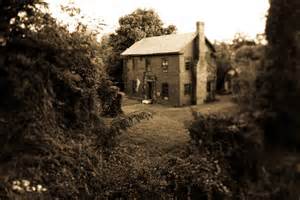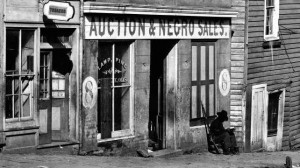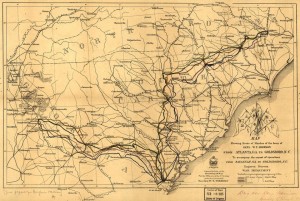I was intrigued to find ancestors so far back in my lineage that correlates to the hardworking values my family currently possesses. Coming from a large family with parents who were given little and, in turn, produced a great deal, I was always raised to work for what I wanted. Charles Hillery Walker was raised no differently than I. He was the grandfather of my great-grandfather, born in Jefferson County, Georgia in February of 1812. He later married Caroline Elizabeth Jones in the fall of 1834, and went on to have ten children, all of whom he raised in Crawford County, Georgia.
Charles stared off his career as a humble farmer looking to provide for his family. He began with absolutely nothing; he even had to build his home from the ground up. As a result of his hard work and positive attitude, he acquired a community that respected and revered him. Charles’ friends thought of him as powerful and influential, and they pushed him towards running for the state senatorial office. He never sought out power and leadership roles on his own, but he continued to gain them throughout his life because of his drive to succeed. He was a man who followed the beat of his own drum, fulfilling a lifetime of roles in the political and military fields and well as in his own home and community.
The years Charles devoted to military work were some of the most intriguing years of his life because they showcase how he worked hard for success. Charles enlisted in the Confederate militia after a few years of holding the position of Georgia state senator. He started at the bottom like everyone else and worked his way up the military social ladder. He spent most of his days manning the Confederate slave posts because his body was not stable enough for large amounts of manual labor. After serving some time with the Confederates around Atlanta and Jonesboro, he retired home to recuperate with his family. Charles logged all of his thoughts and activities in a journal throughout this time, but unfortunately this journal was either lost or destroyed in past years as no one in my recent family has ever come in contact with it. For an unknown reason Charles had a strong change of heart and began to identify with the union side of the Civil War. So he re-enlisted, but this time under the command of William T. Sherman.
Charles crossed paths with many successful leaders during his life time, but the most influential man he met was by far William T. Sherman. Charles participated in Sherman’s March to the Sea during his time of re-enlistment, and whenever possible he listened and learned from Sherman’s wisdom. He told his wife that his role in Sherman’s march left a great impact on his life because of the valiant way Sherman commanded his troops. He said Sherman’s passion was infectious and inspired him to be passionate about whatever work he had, because passion leads to success.
My fifth great-grandfather’s values of perseverance and his work ethic are astonishingly similar to mine. These morals and traditions to avidly work for the greater successes of life have been passed down through the generations of my family. I admire Charles Hillery Walker for the brave and passion-driven choices he made in his life. He built a great something out of nothing, one building block at a time, much like the home he built by hand for his family, and that is the definition of success in my eyes.
An 1865 Map Depicts the Atlanta-to-Savannah Route of the March to the Sea. Library of Congress. N.d. Ajc. Web. 01 Nov. 2014.



